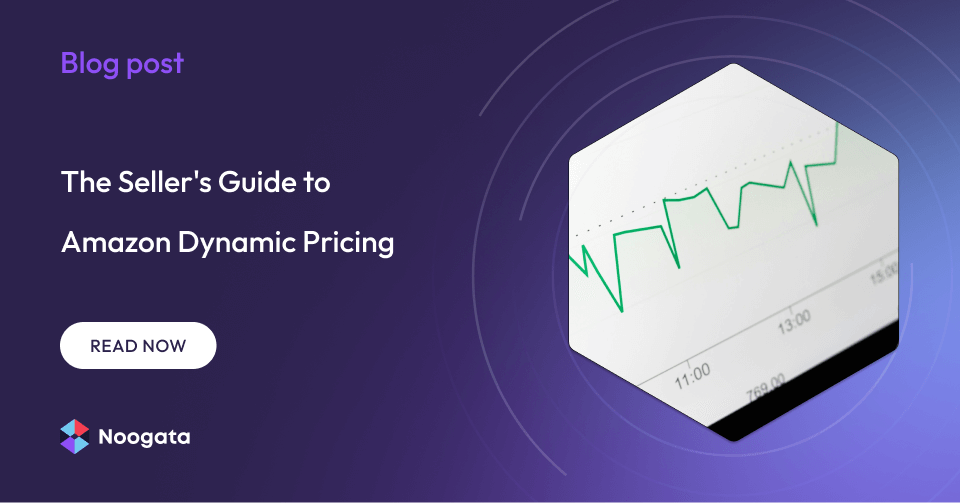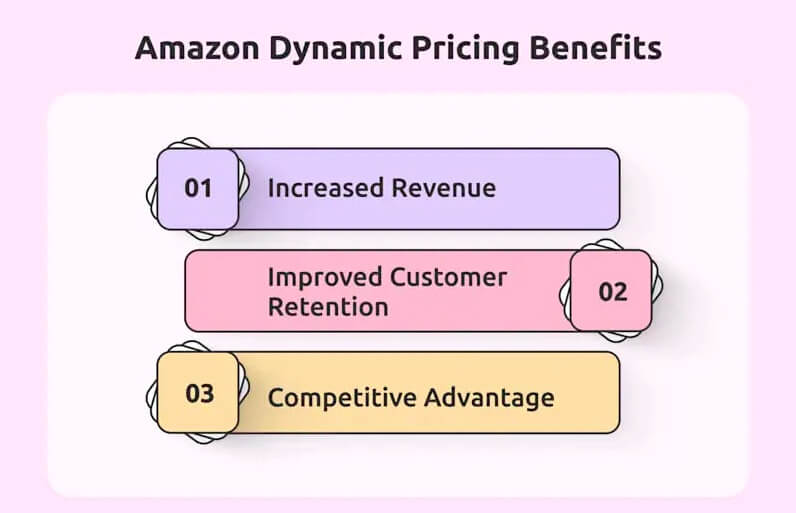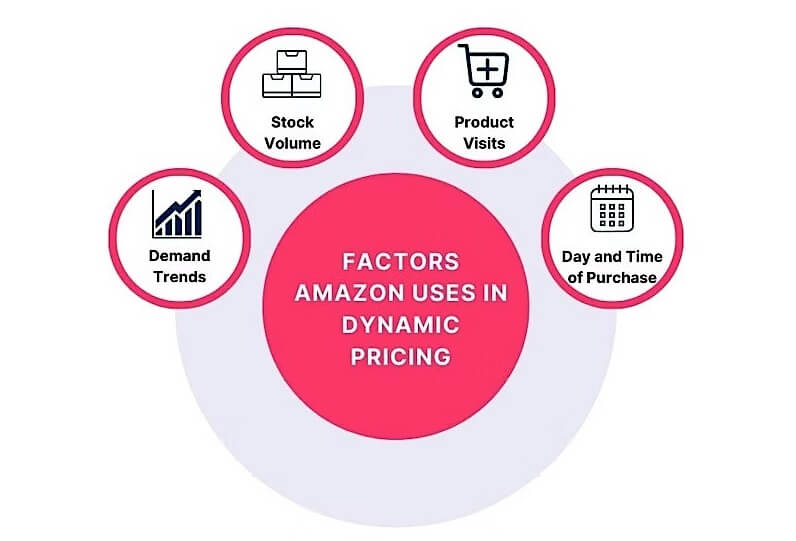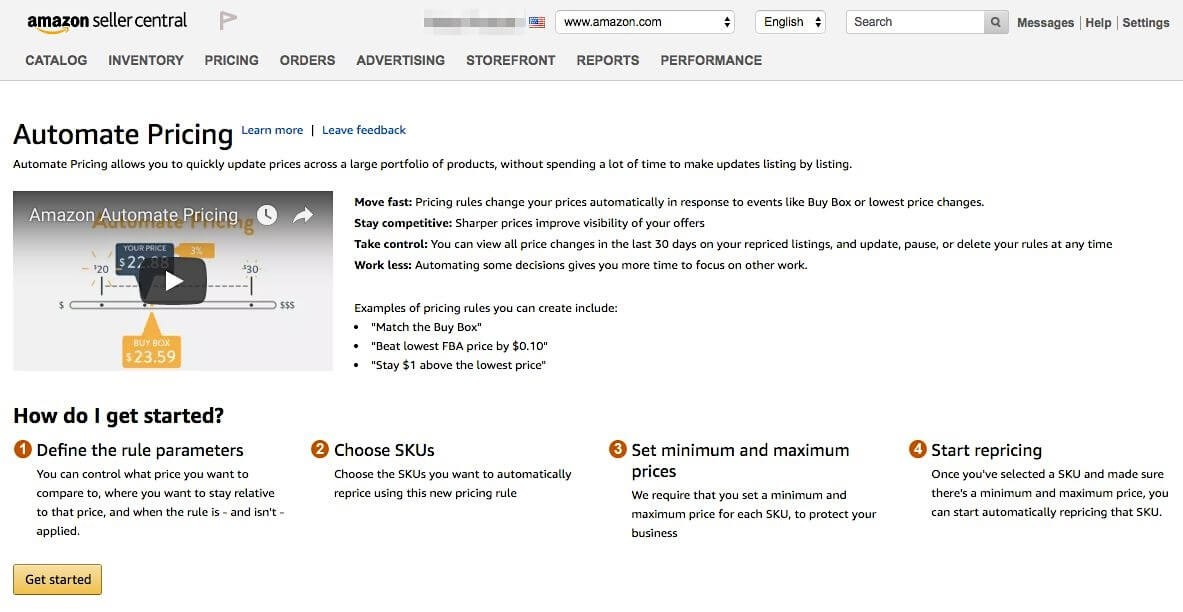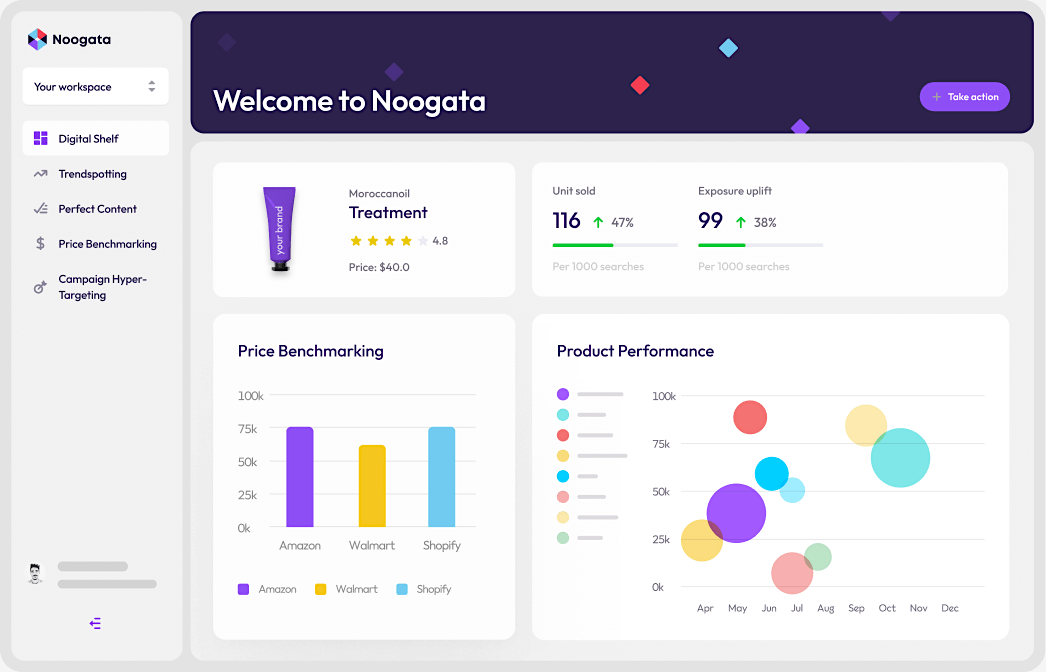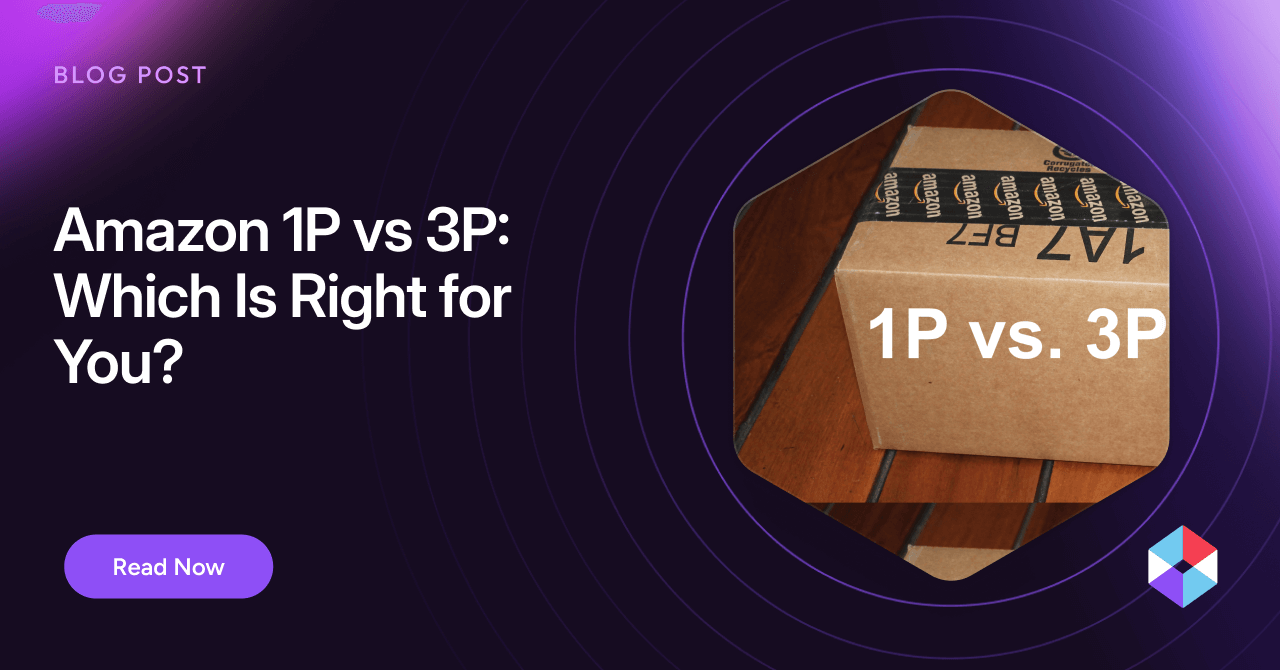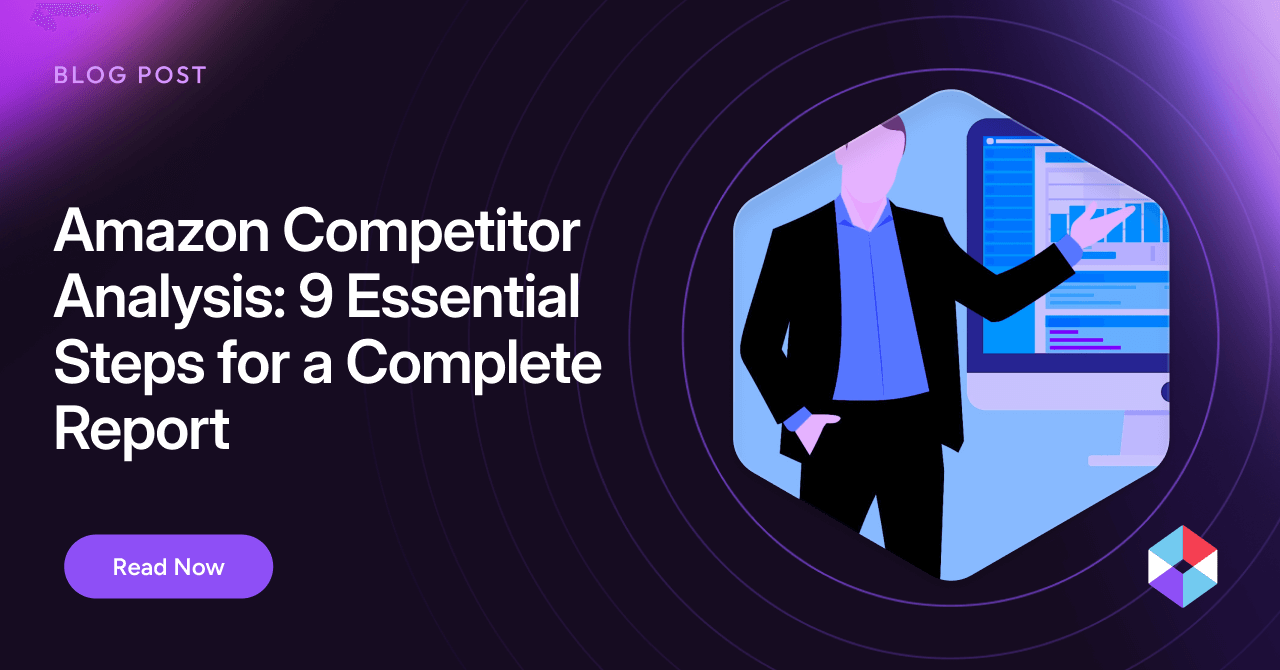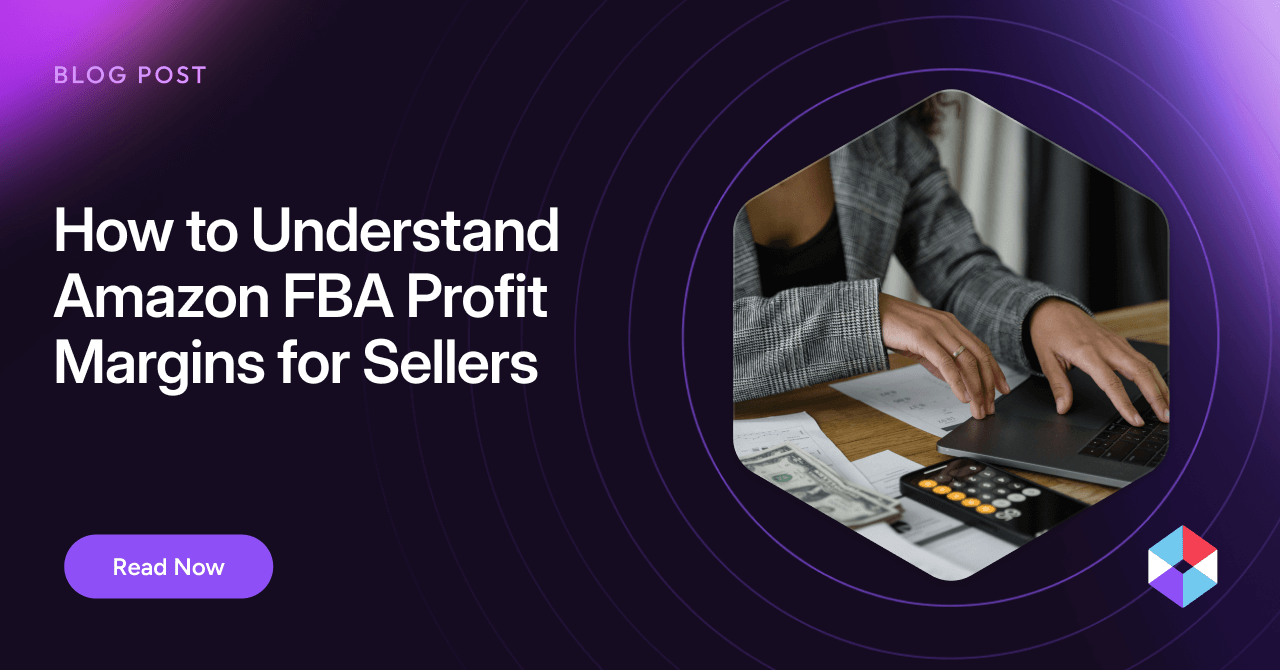In eCommerce, you’re not always competing on a level playing field. Success can hinge on the placement of your products on the digital shelf—meaning, their visibility and attractiveness on eCommerce platforms. Some sellers are at the equivalent of eye level, and some might as well be down by the floor where nobody’s looking. Many factors influence your placement, but pricing is one of the most important.
Why? Because pricing remains a primary factor in consumer purchasing decisions. The ability to easily compare prices is one of the main reasons shoppers prefer to buy from online marketplaces. In an eCommerce environment where eight out of ten companies raised their prices within the past year, a flexible, responsive pricing strategy can give sellers a significant competitive advantage.
For Amazon sellers, dynamic pricing is the best way to put this approach to work. It improves your visibility and customer appeal, raising you to the top of Amazon’s search results and boosting your sales.
Amazon Dynamic Pricing: What is it, and why is it important?
Amazon dynamic pricing is the strategy of adjusting your Amazon product listing prices based on factors such as competitor prices, consumer demand, inventory levels, seasonality, and market trends. Instead of selling at a fixed price, this strategy continually changes pricing to the optimal price point at that moment.
Comparison shoppers on Amazon aren’t just looking for low prices; they’re hoping to find a great value. By following a dynamic pricing strategy, you can consistently offer prices optimized for conversion under the current market conditions, and avoid race-to-the-bottom price wars that grind away your profit margins.
What are the benefits of Amazon dynamic pricing?
- Higher Revenue – Optimized pricing leads to improved conversion rates and higher sales revenue.
- Winning the Buy Box – Pricing is one of the major factors determining which products occupy Featured Offer spots.
- Increasing Your Best Sellers Rank – Increasing your sales with Amazon dynamic pricing will elevate your BSR (Best Seller Rank), generating even more visibility and consumer trust.
- Better Inventory Management – A strategy that factors in your inventory levels can help you sell slow-moving products and maximize your profits on products that are hard to keep in stock.
- Staying Ahead of the Competition – Close competitor monitoring ensures you’ll always be aware when other sellers beat you on price or undercut you so much that you’re losing sales and making customers question your product quality.
- Retaining Loyal Customers – When customers know they can count on you to offer unbeatable values on high-quality products, they have a great reason to return to your store for future purchases.
How, exactly, does Amazon dynamic pricing work for sellers?
A dynamic Amazon pricing strategy requires you to adjust your product prices up or down, within predetermined limits, in response to various external factors. Whether based on fixed rules or AI-powered analytics, this strategy will weigh the factors and calculate an optimized price, making needed adjustments as frequently as the marketplace allows.
Supply and demand are two of the most significant factors in dynamic pricing. Finding the balance between supply and demand is key to sustainable growth. The two elements are easily observed when prices increase during peak shopping times, such as the holiday season, as well as specific days and times when customer traffic and purchase intent are known to rise.
Another major factor is competitor pricing. With other sellers executing their own pricing strategies, product prices on Amazon are in constant flux. Dynamic pricing allows you to keep pace, adjusting in real-time to ensure you always offer a competitive price without going lower than needed.
Customer behavior monitoring also plays a role in determining pricing. The actions of a potential buyer are analyzed so you can offer an optimized price when the potential for conversion is highest.
How can sellers implement Amazon dynamic pricing?
Depending on the size of your Amazon business and the goals you have for it, there are three different dynamic pricing methods to consider.
1. Manual Pricing Changes
Sellers always have the option of manually adjusting their prices, which means you can technically implement a dynamic pricing strategy without the help of software automation. Under this method, you would use your preferred rules or analytics to determine when price adjustments are needed and make those changes manually.
This method is most feasible for sellers who carry a small number of products in a slow-moving market. But even then, only some sellers will be able to adjust prices by hand frequently enough to take full strategic advantage of dynamic pricing. With a large and diverse product selection in a competitive market, keeping pace through manual price changes soon becomes impossible.
Ultimately, while sellers can adjust prices manually, automation is necessary to obtain the full benefits of this strategy.
2. Amazon Seller Central
Amazon offers built-in options for automating price adjustments, giving sellers an easy, no-cost way to get into dynamic pricing. Amazon’s Automate Pricing tool adjusts pricing based on customizable rules and price limits.
Here’s how to use it:
- Log in to Seller Central and open up the Pricing tab, where you’ll find the option to get started with Automate Pricing.
- The first thing you’ll do is set up pricing rules. You can choose from predefined rules or customize your own, based on factors like Buy Box optimization, competitor pricing, inventory levels, feedback rating, fulfillment channel, and more.
- Next, select the individual SKUs to enroll in Automate Pricing. Set a minimum price that preserves an acceptable profit margin. If you have many products, you can enroll them in bulk.
- Once these selections are made, Automate Pricing will take immediate effect on the enrolled products. Seller Central will provide you with reports to help you evaluate the success of your dynamic pricing strategy, including information about how Automate Pricing has affected your Buy Box win percentage.
Automate Pricing makes dynamic pricing accessible to every seller, but your strategy is limited to the data analytics and rule options that Amazon makes available. For sellers needing more options, flexibility, and fine-grained control over their price changes, third-party solutions become an increasingly attractive option.
3. Third-Party Pricing Solutions
Third-party solutions can provide sellers with a wide range of features and analytics, allowing for more sophisticated and responsive dynamic pricing strategies. With third-party solutions, you can factor in pricing history and sales velocity, predict demand, monitor the Buy Box more closely, and leverage competitive intelligence in ways that go beyond just price-matching.
You’re also trading up from Amazon’s algorithm (where Amazon’s sales goals are always the priority) to solutions like Noogata, designed to optimize the seller’s sales and revenue goals. You also get AI-powered tools and eCommerce intelligence that provides strategic insights and pricing recommendations.
Additionally, the best third-party solutions will offer more personalized support than you could ever expect from Amazon.
To implement a third-party solution, you’ll need to integrate it with your Amazon Seller account through the Amazon API Gateway. Once the software links to your account, you can set your repricing conditions using its rules, limits, and analytics and let it adjust your Amazon prices as much and as often as your strategy requires.
Whatever method you choose, monitoring the performance of your dynamic pricing strategy and adjusting your rules or limits as needed is essential to its success. For example, if your profit margins aren’t being maintained, a strategy that wins on sales conversions can end up hurting your overall financial goals. Ensure you’re looking at the right KPIs and that your tools provide detailed data and reporting so you can make informed decisions.
Dynamic Pricing Needs to be Intelligent Pricing
Digital shelf placement is critical for a growing Amazon business. One of the most effective ways to boost your visibility and engagement is to set prices that make buyers feel like they’re getting the best possible value for their money. There’s an optimal price for every moment in time, but it takes a lot of data and analytics to calculate it consistently.
Noogata supports your fight for prime placement on the digital shelf with AI-driven tools for sales insights and competitive intelligence. Real-time competitor data analyzed in the light of broader market and product trends can inform a dynamic pricing strategy that predicts instead of reacts, allowing you to act quickly and minimize unnecessary price drops.
If you’re ready to climb the digital shelf, book a free demo to see how Noogata can help you implement a winning Amazon dynamic pricing strategy.
